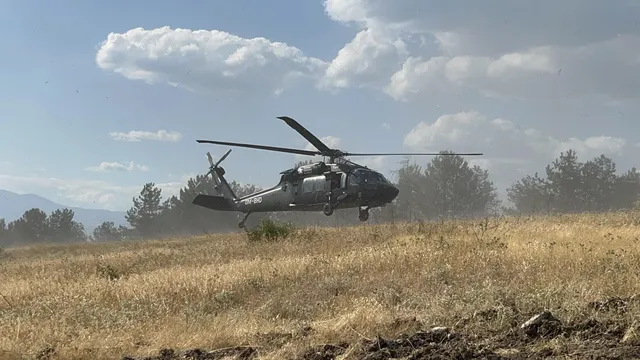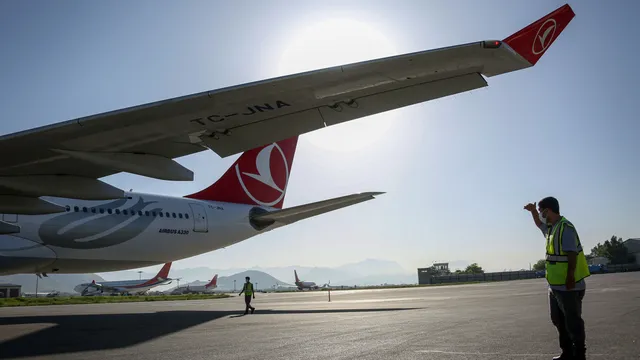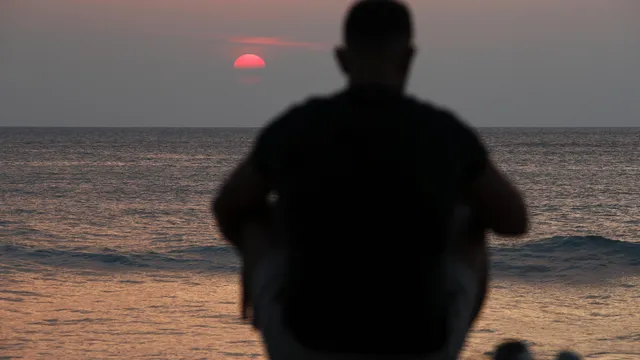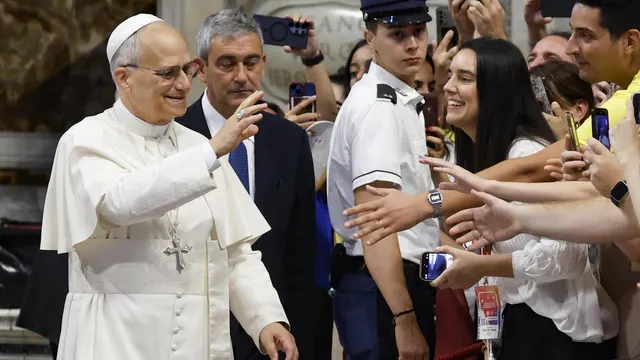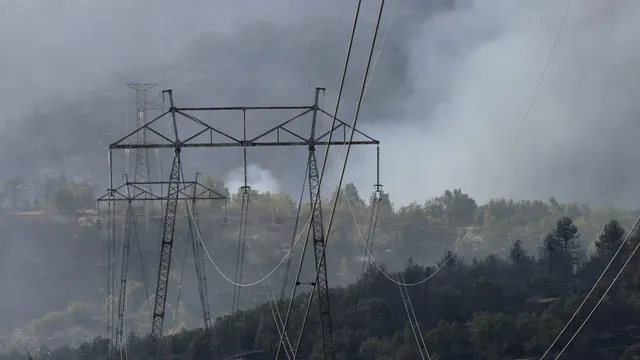A curfew was imposed in Los Angeles as local authorities tried to deal with the protests, which Donald Trump claimed were an invasion by a "foreign enemy".
Looting and vandalism scarred the heart of America's second-largest city as largely peaceful protests against immigrant arrests erupted after dark.
"I have declared a local state of emergency and issued a curfew for downtown Los Angeles to stop the vandalism, to stop the looting," Mayor Karen Bass said.
She added that one square mile (2.5 sq km) of the city's more than 500 square miles would be off-limits to all but residents, journalists and emergency services until 6 a.m. (4 p.m. EDT).
One protester told AFP that arrests of migrants in the city with large numbers of foreign-born and Latino residents were at the heart of the unrest.
"I think they're obviously doing it for safety," she said of the curfew.
"But I don't think the peaceful protests are part of the problem. What's happening on the other side is the thing that's inciting violence," she added.
Small-scale and largely peaceful protests - marked by attention-grabbing violence - began on Friday, June 6, in Los Angeles as anger grew over an increase in arrests by immigration authorities.
The largest protests numbered several thousand people, but smaller crowds used the cover of darkness to light fires, spray-paint graffiti and break windows.
On the night before Monday, June 9, 23 businesses were looted, police said, adding that more than 500 people had been arrested in recent days.
Protests also took place in cities across the country, including New York, Atlanta, Chicago and San Francisco.
Trump ordered 4,000 National Guard troops to Los Angeles, as well as 700 active-duty Marines, which he said was a necessary escalation to get back in control - despite local law enforcement insisting they could handle things.
An Army spokesman said the soldiers are expected to be on the street later today.
Their mission will be to guard federal facilities and accompany "federal officers on immigration enforcement operations to provide protection."
Demonstrators said the soldiers "should be respected" for not choosing to be in Los Angeles, but Lisa Orman termed their deployment "ridiculous."
"I was here for the Dodgers parade," she said, referring to the Los Angeles team's World Series victory.
"It was 100 times bigger. So the idea that the Mariners are here is just a big show. The president wants a big show," she added.
The Pentagon has indicated the deployment will cost U.S. taxpayers $134 million.
Photos released by the Marine Corps show men in combat fatigues using riot shields to practice crowd control techniques at the Naval Weapons Station Seal Beach.
California Gov. Gavin Newsom, a Democrat who has clashed with the president before, said Trump's shock militarization of the city was the behavior of a "tyrant, not a president."
"Sending trained troops into the streets is unprecedented and threatens the very core of our democracy," he said.
In a live-streamed address, Newsom called Trump "a president who refuses to be bound by any law or constitution, perpetuating a unified assault on American traditions."
"California may be first, but it clearly won't end there," he warned.
In a complaint to the U.S. District Court for the Northern District of California, Newsom asked for an injunction that would prevent the use of troops to protect public order.
Trump's use of the military is an "incredibly rare" move for a U.S. president, said Rachel VanLandingham, a professor at Southwestern Law School in Los Angeles and a former U.S. Air Force lieutenant colonel.
U.S. law largely prevents the use of the military as a police force - except in the case of a declared insurgency, which Trump again mused about on June 10.
Trump is "trying to use the declaration of a state of emergency to justify bringing in first the National Guard and then the Marines," pointed out University of Missouri law professor Frank Bowman. | BGNES
Curfew imposed in Los Angeles as Trump vows to 'liberate' city
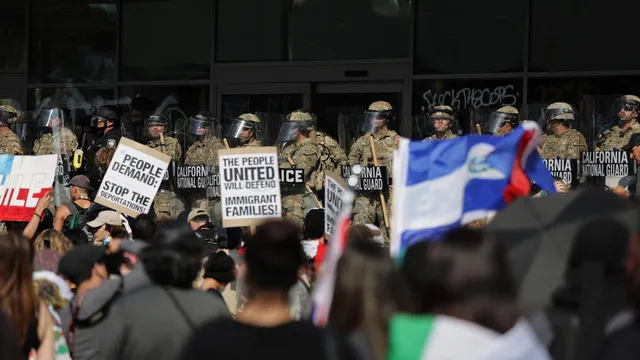
BGNES
The largest protests numbered several thousand people, but smaller crowds used the cover of darkness to light fires, spray-paint graffiti and break windows.


 Breaking news
Breaking news
 Europe
Europe
 Bulgaria
Bulgaria
